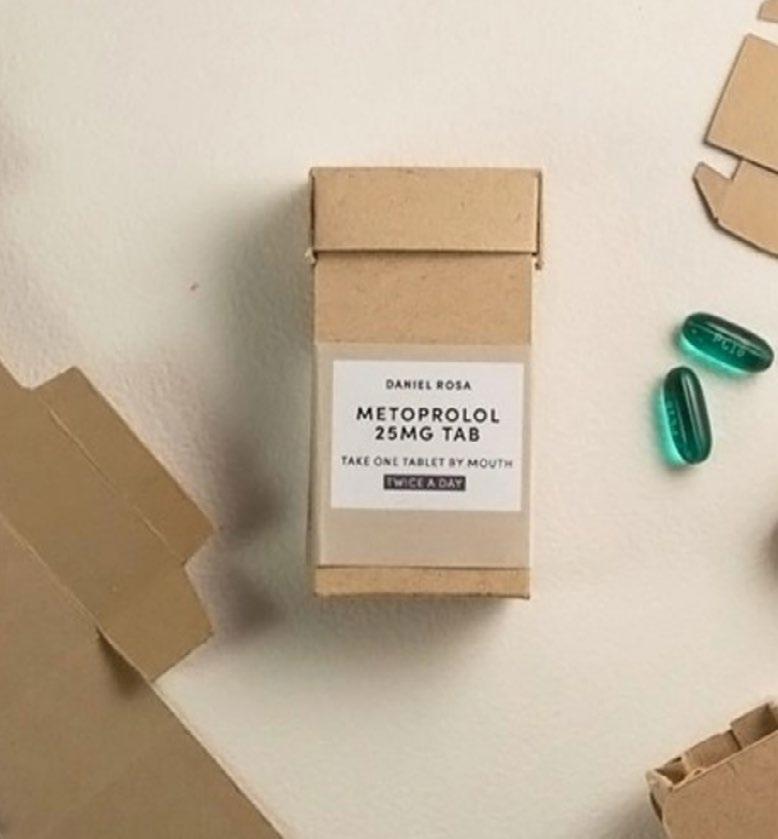Sustainable packaging: a challenge for pharma and healthcare By Jane Bevis, Chair, OPRL Ltd
While COVID has been the overwhelming focus for pharma and healthcare over the last 15 months, wider non-health sustainability concerns haven’t gone away. ustainability is high on the agenda, but the added complexities of medicines regulations and the global nature of pharma companies make progress protracted and uncertain. “We’ve been slower to tackle these issues than FMCG, partly because we’re less in the limelight, but mainly because product safety and efficacy are our first priority,” comments one industry figure. COVID has increased consumer expectations on sustainability and new regulatory measures will require action. “Bayer is fully committed to reduce the impact its packaging has on the environment. However, the complex frameworks of the heavily regulated healthcare industry with our absolute need to maintain product quality and efficacy does constrain our ability and Image: Walgreen Boots Alliance speed to react to some of the new government proposals,” says Estelle Dessiaume, Head of Business Development & Innovation at Bayer. MHRA approvals for packaging changes can take five years, with extensive testing for safety, efficacy and possible chemical interactions between packaging and product. “This isn’t something one company can do alone, especially as these products serve global markets and each regulator has its own approach. We need to collaborate as a sector,” says a major player. Moving from PVC blister packs will not be easy. Addressing recyclability via in-store collections, currently piloting in some Superdrug and Boots stores, could channel blister packs through specialist reprocessing as an alternative. Small packs get lost in MRF processing and PVC is not recycled in the UK.
The Plastics Tax, starting in April 2022, exempts licensed medicines but supplements and cosmetics are caught. Competing with groceries brands for food contact grade post-consumer recyclate means the 30% requirement may not be achieved in the short term. Switching materials, easier than for pharma, introduces other challenges. “We could switch back to aluminium tubes for creams and ointments, but they’re more likely to split and what about the carbon footprint?” “Customer enquiries on healthcare packaging remain high,” says a major healthcare retailer, adding, “Packaging has a very different function in cosmetics, often requiring more of a luxury feel.” But for Generation Z, company ethics, ingredient sourcing and packaging also increasingly influence purchasing behaviours. Boots is piloting cosmetic packaging take-back, proving popular with customers rewarded via their Advantage cards. “The Boots and No7 recycling scheme introduced in September 2020 recycled over one tonne of plastic in just under two months. In that period, we saw over 30,000 customers signing up and they’ve recycled over 100,000 empty products,” says Andrew Jenkins, Product Sustainability Manager, No7. Sustainable packaging is firmly on the agenda for pharma and healthcare, but it’s not just about avoiding plastics or ensuring recyclability. “You’ve got to think about what’s in the packaging too. You may have to compromise if that delivers bigger sustainability wins overall – and communicate that to the public.”
37.

















